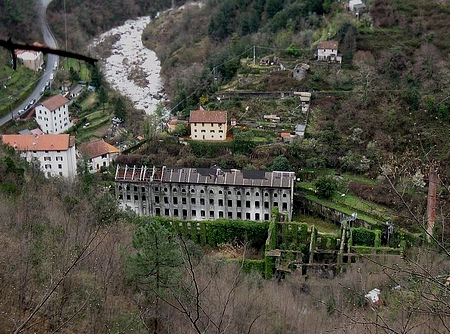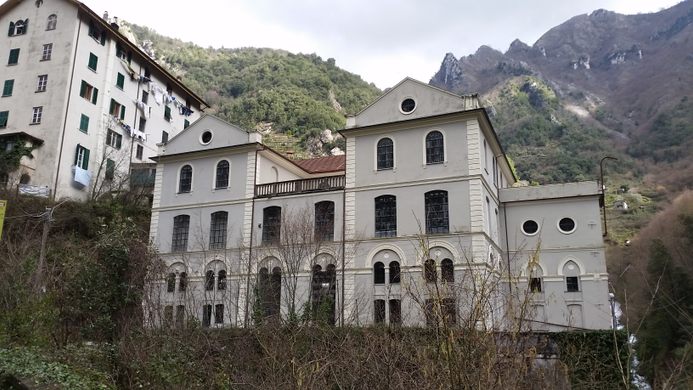The Filanda of Forno is a notable textile factory situated in the village of Forno, within the Province of Massa-Carrara in Tuscany. Constructed at the end of the 19th century, it commenced full production in 1891, becoming a significant industrial site in the region.

Historical Overview
The factory complex originally consisted of three large buildings, complemented by two residences that housed factory workers and assistants. The operation of the textile machinery relied on the Frigido River’s water power, which drove the turbines essential for cotton spinning. At its zenith, the spinning mill employed nearly a thousand workers, contributing substantially to the local economy.

Impact of World War II
In 1942, the Filanda of Forno ceased operations due to a shortage of raw materials amid World War II. The facility was subsequently looted by German troops, who removed parts and machinery and planted explosives that caused severe damage. The explosions led to the collapse of roofs and attics, marking a period of significant destruction.

Post-War and Decline
After the war, the factory’s turbine found a new purpose in generating electricity until 1970. Following this period, the site gradually fell into neglect and disrepair.
Recent Developments
In 2013, an industrial museum was established on the former factory site, showcasing the surviving machinery. However, in recent years, this museum has closed, and the spinning mill has returned to a state of decay and abandonment.

Visiting the Site
Know Before You Go:
- The spinning mill is currently closed to the public.
- Entry is possible but at one’s own risk, as there are potential hazards from deteriorating structures and objects.
The Filanda of Forno remains a poignant reminder of Tuscany’s industrial heritage and the historical shifts that have shaped its current state.

